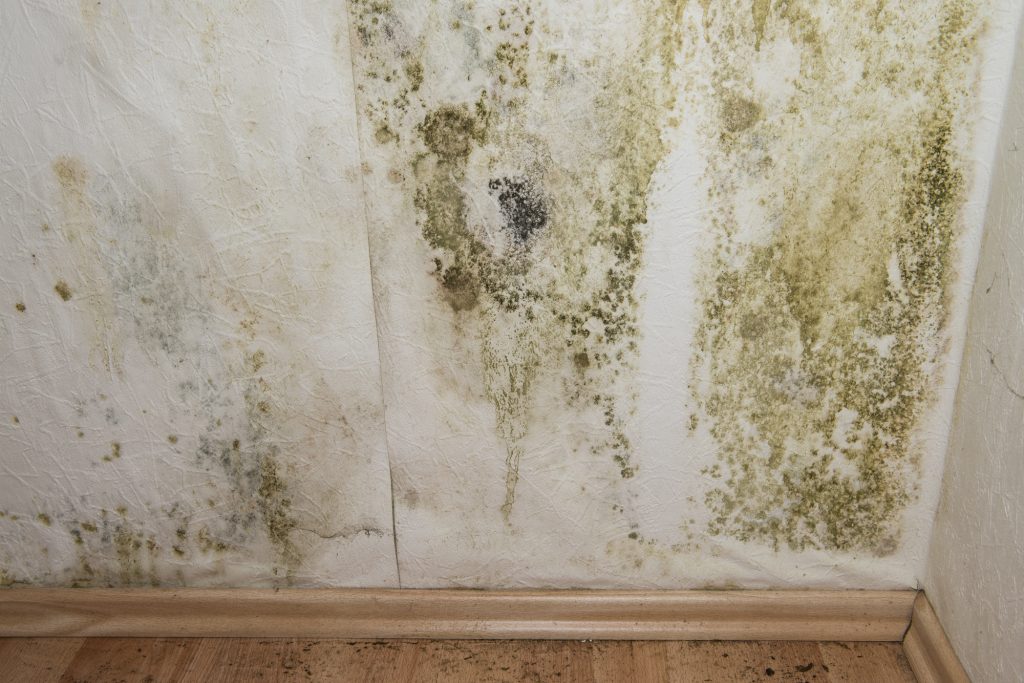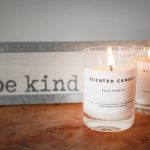A Step By Step Guide for How to Kill Mold in Your Home
No one wants to hear the news that a contractor has found mold in their home. Worse yet, is not knowing and finding out that your family has become ill because of it.
Professional mold remediation is expensive and sometimes unavoidable. The best way to keep costs down is learning how to kill mold yourself, minimizing the spread of this problem.
We have created a step by step guide to help you kill and remove mold from your home! Keep reading for more information!
Identify the Mold
Before you decide to eradicate the mold from your home, the first step is identifying what type of mold is growing. This serves two purposes: to make sure you are not dealing with toxic mold that could be harmful and to allow you to choose the best cleaning products.
If the mold in your home is accessible, place a couple drops of bleach on it. If it lightens, it is mold; if it stays the same, it’s dirt.
Now that you know whether or not you have mold, figuring out what it is might be tricky.
Ulocladium– usually black and found in wet areas like kitchens, bathrooms, and basements. Typically allergenic, not necessarily toxic
Trichoderma– typically white with green spots or patches. Looks wooly in texture and thrives in moist areas. Some species of this mold is harmful to humans while others are just allergenic
Stachybotrys– also known as black mold. It is highly toxic and will need professional remediation. This mold is dark green or black in color and has a slick, slimy texture
Penicillin– blue-green in color with a velvety texture. Although this mold is capable of antibiotic properties, in your home it can be an allergen. Wallpapers, carpets, bedding, and air ducts are all susceptible to this mold
Mucor– grows in thick patches around and in air conditioning and ductwork. It is white or grey in color and can worsen symptoms of asthma
Fusarium– red, pink, or white in color and can grow in cold temperatures. Not necessarily deadly but can cause skin infections and cold-like symptoms
Cladosporium– olive green, brownish, or blackish with a suede-like texture. Often found under carpets or inside cabinetry. Avoid handling this type of mold–it is not fatal but can produce nasty reactions
Chaetomium– similar to cotton in texture, and changes from white to grey, then to brown, and finally black over time. This mold is found most often in leaky attics or basements. Extremely musty smelling but not extremely dangerous. Should not be handled by people with compromised immune systems
Aureobasidium– typically found behind wallpaper and is allergenic but not toxic. It is often pink or brown in color
Aspergillus– a common mold found in America and can range in toxicity. It is ideal to have a professional handle this mold because it can produce fatal carcinogens
Alternaria– the most common form of allergenic mold in the world. It is typically dark green or brown with a velvety texture.
Acremonium– grows in areas of the home with high condensation and can be pink, orange, grey or white in color. Eventually, it turns into a fine powdery substance. This mold is toxic!
Cleaning the Mold
If you are sure that the mold growth is non-toxic, proceed with the next few steps.
Generally, the best solution to use to clean and kill mold is bleach. Do not mix any bleach with ammonia as it emits a deadly gas.
Bleach may get rid of the surface mold but will not do a good job at eradicating the problem because bleach cannot penetrate porous materials.
A borax and water solution is another great option to kill mold. It does not emit fumes or gases and will prevent mold from returning once it is dried.
Vinegar is another fantastic non-toxic option to kill mold. Once it is sprayed onto the mold, it can sit for an hour then be wiped down. To prevent mold from growing, spray surfaces lightly every few days.
Other common options for killing mold can include ammonia, hydrogen peroxide, soap and water, baking soda, tea tree oil, and many others.
While there are many options to rid your home of mold, it is imperative that you know whether or not it can come back. If possible, throw away soft, porous items that have been infested as it is unlikely to rid them entirely of mold.
Removing the Problem
Spraying chemicals or DIY solutions is a great way to get rid of mold. However, there are a few things to consider about the spreading of spores.
When cleaning a large area of mold, scrubbing will enable spores to become airborne, allowing it to spread. You will need to consider proper containment and possibly negative airflow to prevent the rest of your home from becoming infected.
A Better Solution
If your home has been infested with any type of mold, it is going to be difficult for you to completely remove it. Although mold remediation is costly, it is sometimes the only way to ensure the mold spores are killed and removed.
Mold remediation companies like AdvantaClean can completely get rid of your mold problem and help identify future sources like leaky sinks or a high-humidity bathroom. In addition to removing the problem, you should know that dead mold spores can still be toxic or deadly.
Professionals know this too but have the proper equipment to handle it without risking their health or yours.
How to Kill Mold: Prevent it!
The easiest way to keep mold problems at bay is to prevent them. Prevention of mold growth means keeping areas dry and clean and providing proper ventilation.
If you notice a small area of mold or mildew in your shower, under your sink, or in your toilet, take the time to clean it thoroughly with the proper solutions. Allowing the mold to continue to sit means it will continue to spread.
If you’d like to read more about science or learn about different odds and ends, check out our blog!





